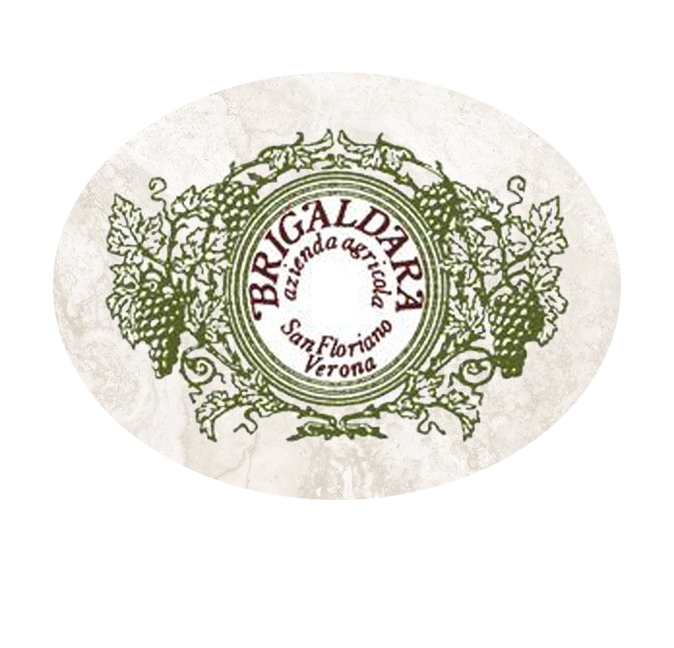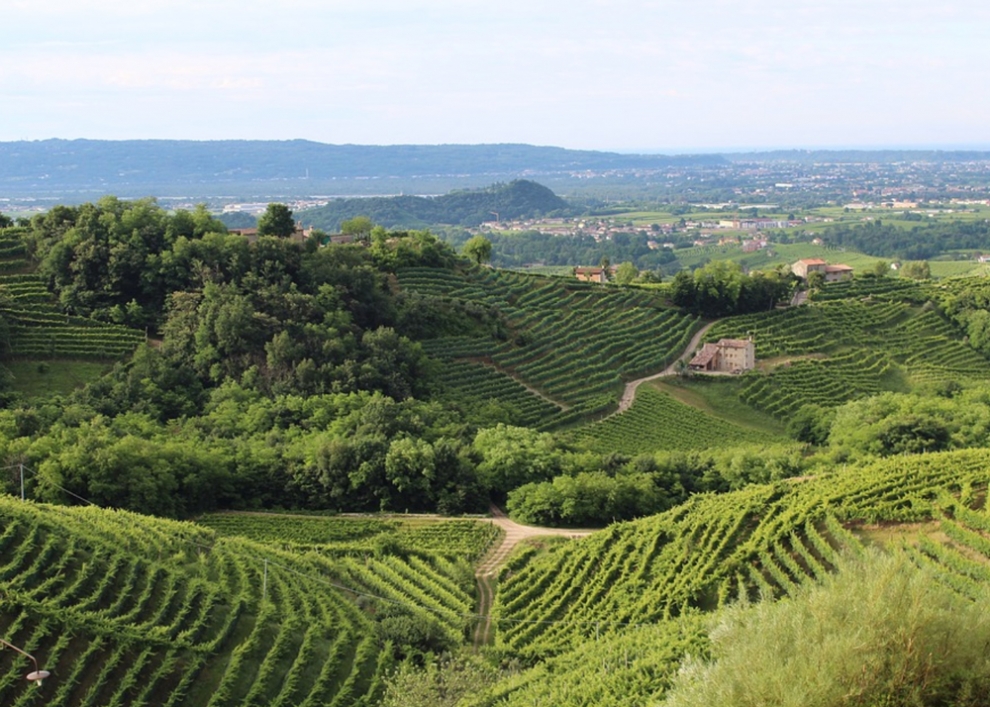Wines
Valpolicella Classico Doc
The wine has a vibrant ruby red colour and aromas of cherries, vanilla and spices. On the palate, it is dry, velvety and medium bodied.
| Grape Varieties: | Corvina 40% Corvinone 20% Rondinella, Molinara e Sangiovese 40% |
| Vineyard: | elevation of 150-200m/slm. |
| Training system: | Guyot |
| Vineyard area: | covers 50 ha – 4000-5000 plants per ha |
| Year vineyards planted: | 1970/1980 |
| Annual production: | 100000 bottles |
| Harvest period: | grapes are harvested by hand in the second half of October |
| Wine Making: | the grapes are selected in the vineyard and placed in 200kg capacity crates. The must is left in contact with the grapes to ensure colour is extracted from the grapes skins during the whole fermentation process. Pumping over is carried out twice a day and delastage is carried out half way through the fermentation process. |
| Aging: | in steel |
| Alc. content: | 13.5% |

Brigaldara Azienda Agricola
The name Brigaldara appeared for the first time in the deed archives in 1260 and referred to a group of farmhouses, the villa and the surrounding countryside. The Cesari family purchased the villa and the surrounding land in 1929. At that time, the area was not used only for the cultivation of grapes and olives but was also used for fruit and cereals. In the 1960s and 1970s, with the end of crop-sharing, the land was reconverted to specialise in the cultivation of vines and olives.

Veneto
Veneto’s wines are some of Italy’s best known exports – the names of Soave, Bardolino and Valpolicella have long been associated with eminently drinkable Italian wines. Yet there is a lot more to this region, and indeed a lot more behind the names of its best known wines. With 26 DOCs and 13 DOCGs, Venice’s region has a substantial production of quality wine, as well as well-priced easy-drinking reds and whites bottled as IGTs. One of Italy’s most interesting wines is a product of these three grapes, the deep, dark Amarone della Valpolicella, recently promoted to DOCG status. Made from partly dried grapes in the vineyards north of Verona, it is a structured, complex and heady wine capable of great age that has gained a cult following among the wine industry’s elite.
In Treviso, north of Venice, are the towns of Conegliano and Valdobbiadene where the popular bubbly Prosecco is made using the Charmat method where the second fermentation takes place in large tanks.
In 2009 Prosecco di Conegliano e Valdobbiadene has become DOCG, encouraging reduced yields in the vineyards. Prosecco is also produced in the neighbouring Montello e Colli Asolani zone. White wines from Pinot Grigio, Sauvignon and Chardonnay are gaining in popularity and recent versions are responding well to oak ageing.

Related Wines

Soave Doc
Our Soave is made from 100% Garganega grapes.
View info
Amarone della Valpolicella Vigna Cavolo docg 2017
Amarone Cavolo is a wine that derives from a careful selecti
View info
Amarone della Valpolicella Case Vecie Docg 2016
Amarone Case Vecie borrows its name from the homonymous vine
View info
Valpolicella Superiore Case Vecie Doc
Valpolicella Superiore Case Vecie derives from the vinificat
View info